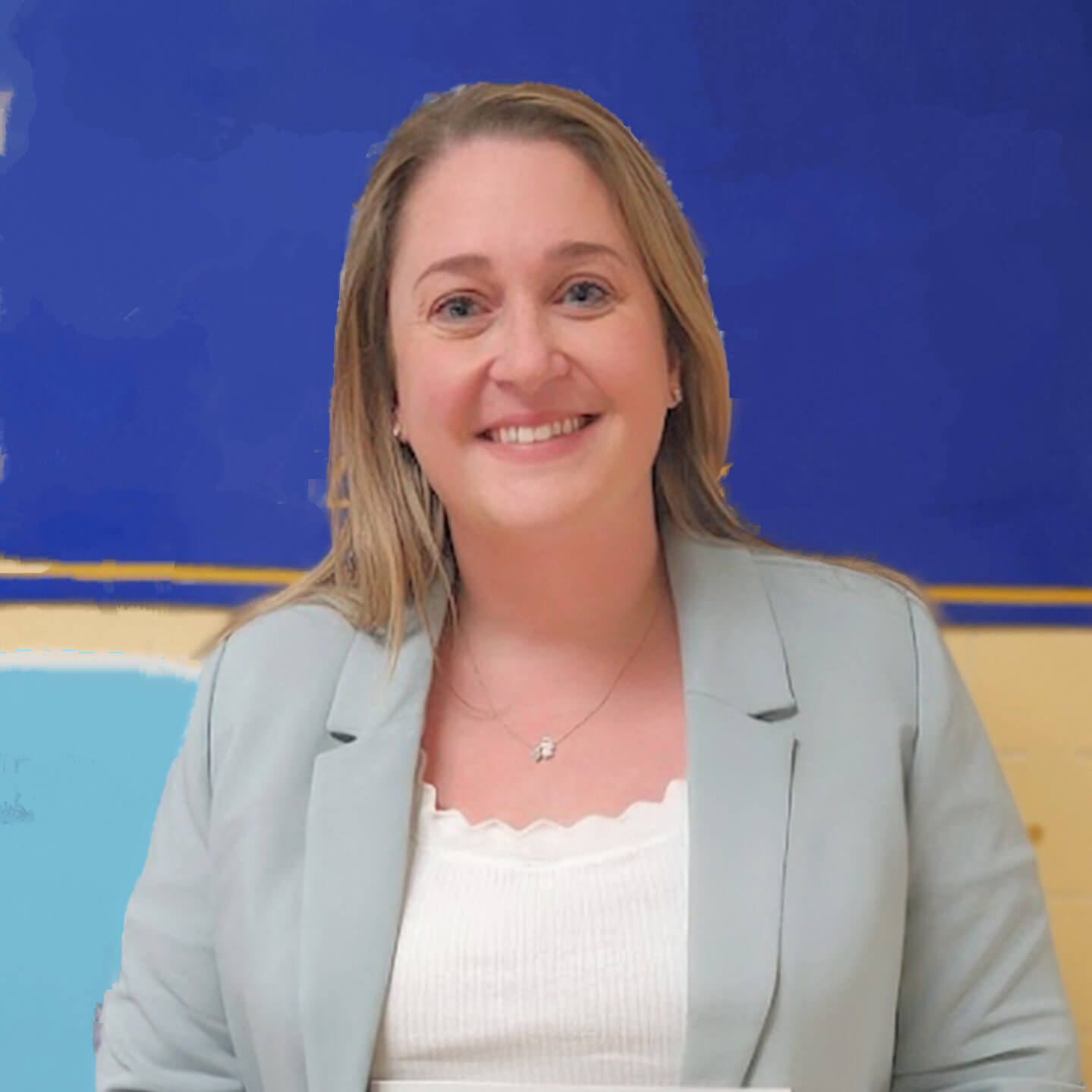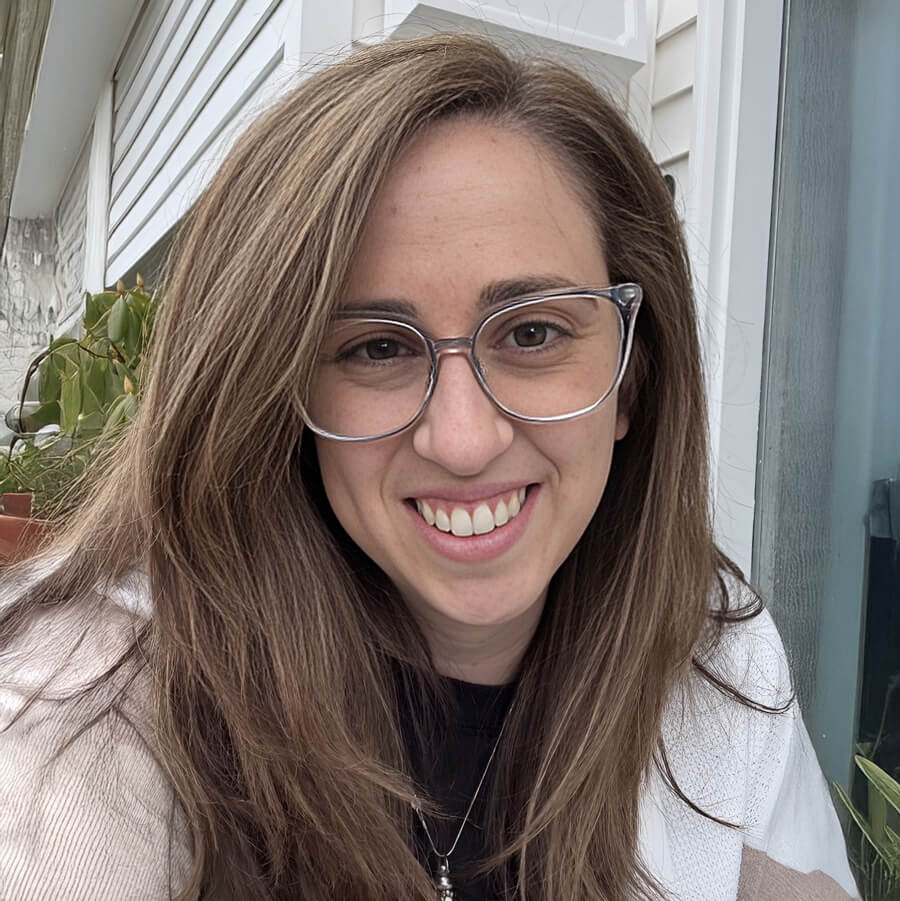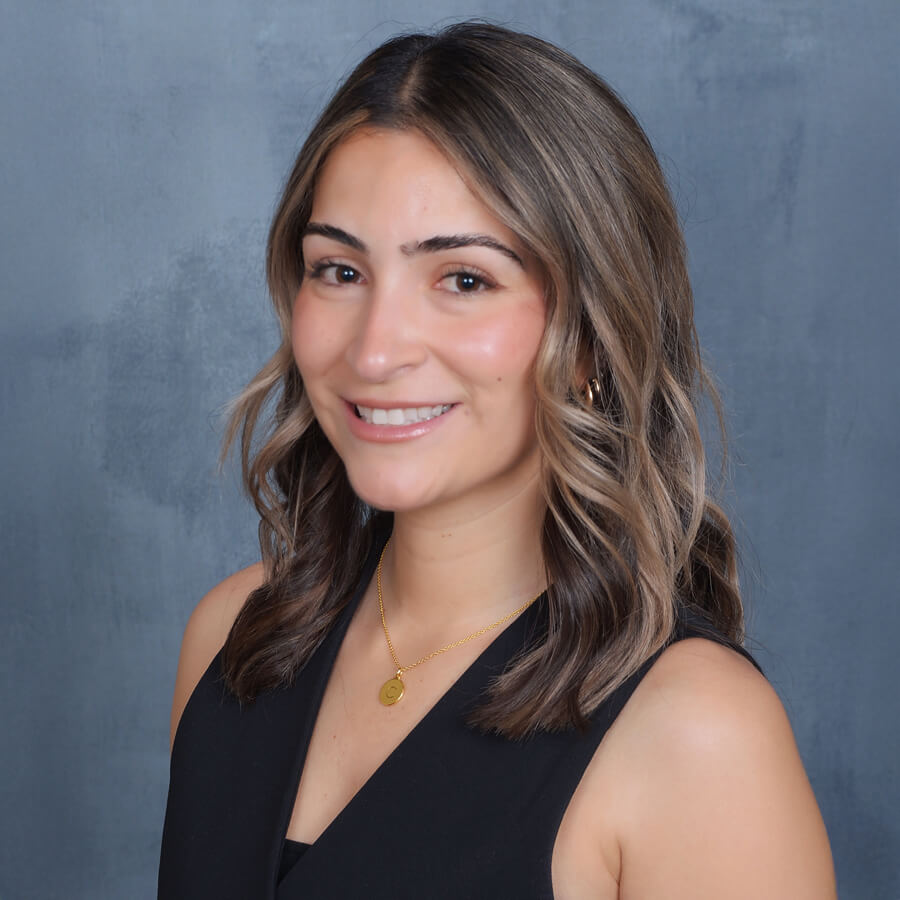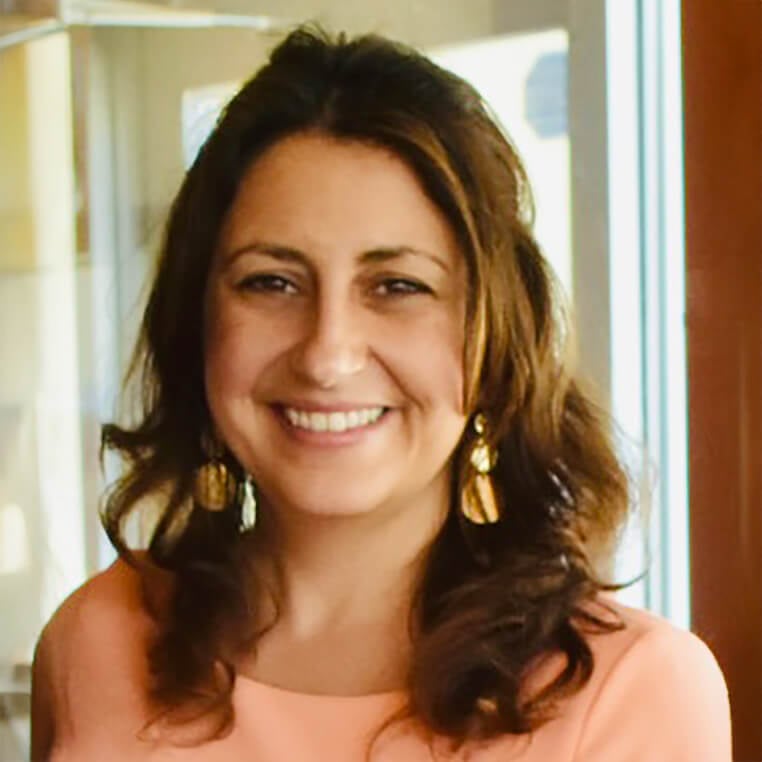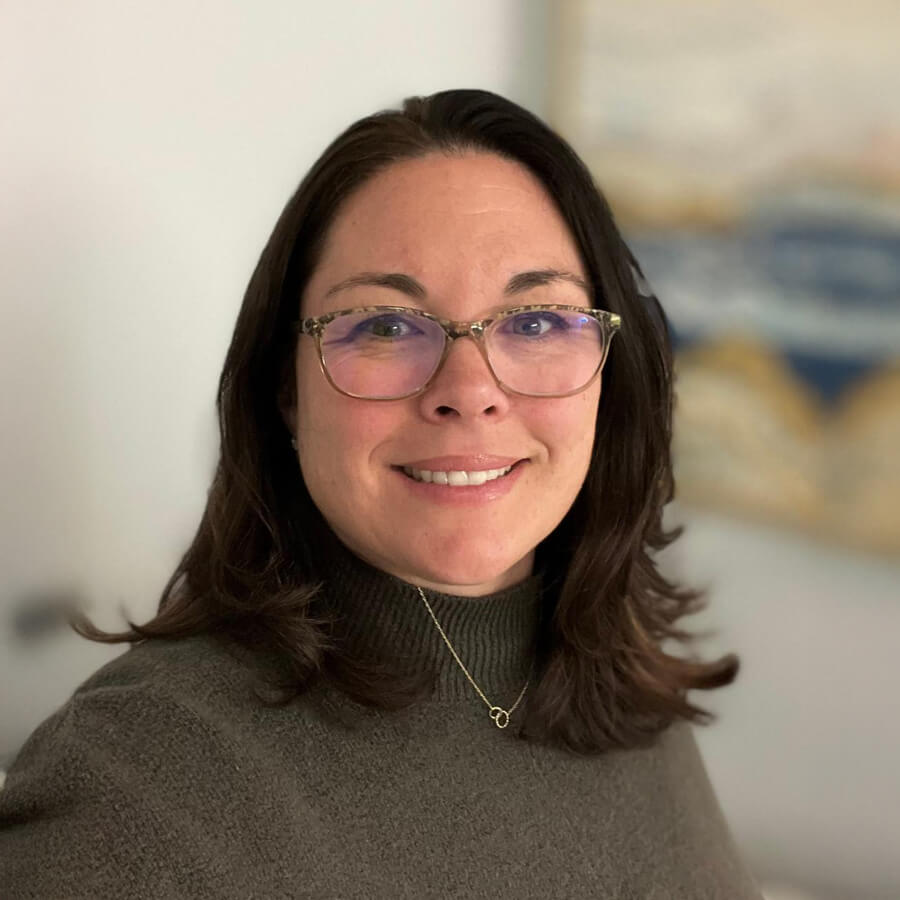Kristen Rovello, OTD, OTR/L
Mentor: Karen Majeski, OTD, OTR/L
Purpose: The benefits of Augmentative and Alternative Communication (AAC) are well documented in research (Andzig et al., 2024; Quinn et al., 2023a; Quinn et al., 2023b) but it is evident that barriers exist negatively impacting utilization and contributes to abandonment. Some of the most commonly identified reasons for device abandonment include, limited opportunities or insufficient offerings for use by communication partners (Johnson et al., 2006); lack of motivation of communication partner (Johnson et al, 2006); lack of trained professionals (Long et al., 2023; Dishman et al., 2021; Johnson et al., 2006); the need for continued education and training of service providers, family members, and support staff (Quinn et al., 2023a; Quinn et al., 2023b; Johnson et al., 2006); and dissatisfaction with training and follow up services (Larson & Lidstrom, 2019; Kim & Soto, 2024; Andzik et al., 2024, Quinn et al., 2023a; Quinn et al., 2023b; Johnson et al., 2006). The purpose of this study was to explore which training techniques are most beneficial and desired by the communication partners of children with complex communication needs using AAC.
Method: This study utilized a quantitative survey design. Data was collected from 97 participants via an on-line survey. The survey was analyzed using chi-squared statistical analysis and descriptive analysis of crosstabulations of categorical relationships.
Results: Participant responses indicate that training of multiple communication partners in multiple environments is not consistently provided. Key communication partners of children using AAC receive insufficient training, limiting opportunities for AAC use in all natural environments. It is evident that without AAC use across multiple environments, social validity and full occupational engagement are not achieved. Furthermore, professionals receive inadequate training, limiting their ability to effectively train other communication partners
Conclusion: Findings suggest that training should include a wider range of communication partners across natural environments. Expanding training to other professionals, including occupational therapists, can increase the availability of individuals equipped to support AAC users including family members, peers, and other staff. Training should be tailored to the specific roles of communication partners and the contexts in which they interact with AAC users.

